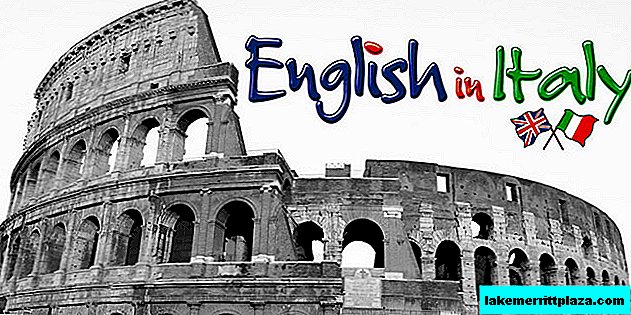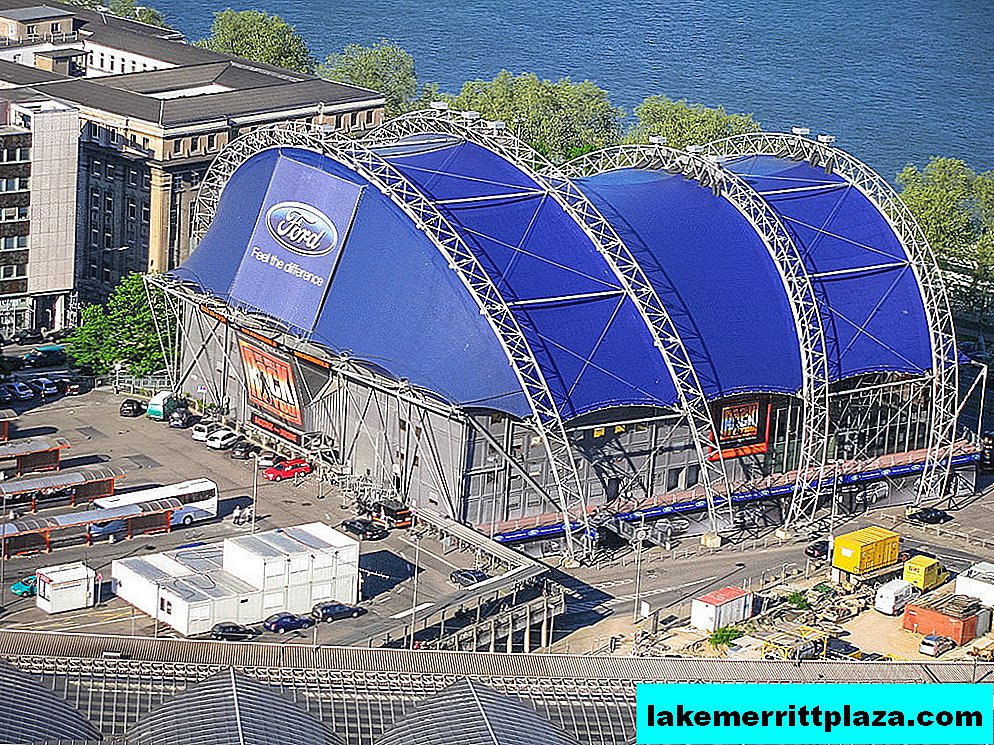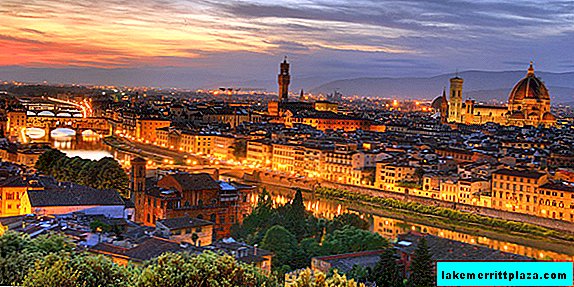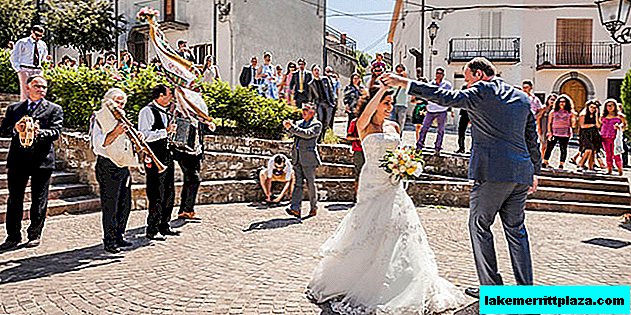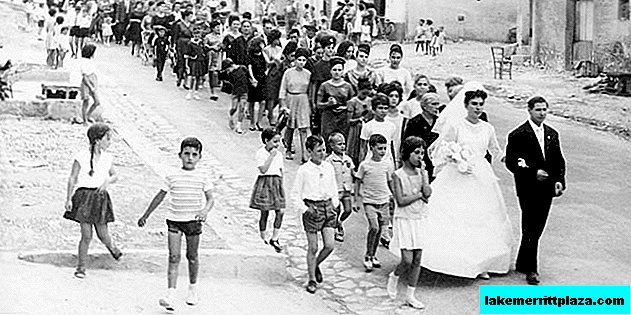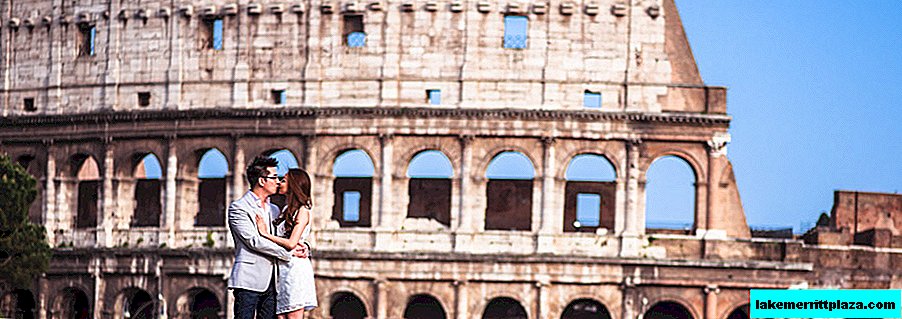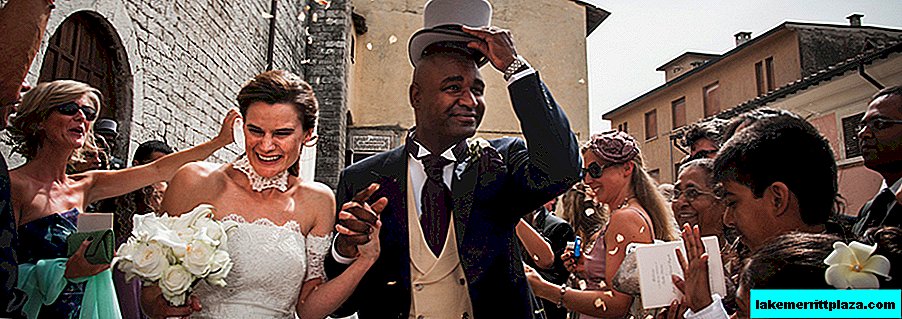The map of architectural and historical monuments of Palermo is rich; we can say that this city itself is one big attraction. Large squares, ancient palaces, famous theaters, interesting museums adorn the capital of the island of Sicily.
Even a modest walk through the city center or the seafront promises city guests a meeting with a wide variety of attractions.
Square
Sea area

Sea Square (Piazza Marina) - one of the largest, which will indicate the map of the capital of Sicily. It was a festive place in the Middle Ages. On this square royal weddings, various celebrations, knightly fights, theatrical performances and other events. For one of the royal weddings, the Sea Square received a more solemn decoration.
In the center of the square is the Garibaldi Garden where you can see veteran trees over 300 years old.
The garden is fenced with a wrought-iron fence, in its heart are located: a fountain, as well as the monuments of Garibaldi (Giuseppe Garibaldi) and Benedetto de Lisi (Benedetto De Lisi).
- The sea square is located near the Quartiere della Kalsa quarter, south of the harbor.
Pretoria Square
Piazza Pretoria (Piazza Pretoria) - a place that enjoys constant success among city guests. Grand fountain and architectural monuments in baroque stylegive the area a special charm.
On two sides, 17th-century churches snuggled into it: Santa Catarina (Chiesa di Santa Caterina), San Giuseppe degli Teatini (Chiesa di San Giuseppe dei Teatini), and on the third - the Palazzo Pretorio. The palace was built in the 15th century, and 200 years later, got a brilliant baroque view. Today, the city council works in a gilded building.

The highlight of the square is the “Fountain of Shame”, as Sicily dubbed it. This incredible man-made pond consists of several stone pools of different diameters.
The main decoration of the fountain is a galaxy of fairy-tale heroes, gargoyles, monsters and naked human statues.
Interestingly, this fountain was built in Tuscany in 1555 by the master Francesco Camilliani. And twenty years later, it was disassembled into parts and transported to the capital of Sicily under the strict guidance of the son of a skilled architect.
- To get to Piazzo Pretoria you need to walk along Via Maqueda east of Quattro Canti.
Churches and cathedrals
Cathedral of the Assumption of the Blessed Virgin Mary
The cathedral (Cattedrale di Santa Maria L'Assunta) is one of the city's most renowned sites. It was built at the end of the 12th century and has undergone many changes over the centuries of its existence. Almost completely, the temple was reconstructed in the 19th century.
The presbytery of the cathedral consists of three apses between the two towers of Norman times, which give it the appearance of a fortress. On the left side of the temple is a crypt, where today you can see the sarcophagi and tombs preserved from the time of the Romans. The crypt contains marble and porphyry tombs of Sicilian kings, as well as members of their families.
- Address: Corso Vittorio Emanule.
Palatine Chapel

The Palatine Chapel (Cappella Palatina) is a unique building that synthesizes several architectural traditions. It was built in honor of the Apostle Peter by order of King Roger II (Ruggero II di Sicilia). Getting to the chapel is easy - the church is located inside the Norman Palace (Palazzo dei Normanni). Only one of its walls is now external. This is a mosaic loggia - a monument of architecture of the 17th century. It also preserved a plate installed on the day Roger II opened the water clock, which until now “have not survived”.
The Chapel today is a museum, but on Sunday and on holidays divine services are held here. Often in the Norman Palace holds meetings of the Sicilian Parliament, so the time of visiting the chapel is not exactly established, but before lunch you can get here with a high degree of probability.
- Address: Piazza Indipendenza, Albergheria.
Church of La Martorana

At the church of La Martorana (Chiesa della Martorana), Sicilian newlyweds are constantly gathering, waiting for a happy moment to unite destinies. Meanwhile, the darling of today's youth was laid in the 12th century, then still as an orthodox church.
During the expansion of the Normans, it was converted into a Catholic, and later became part of the Byzantine Catholic diocese.
The appearance of the church was constantly transformed and underwent changes. The last reconstruction of the temple was carried out at the end of the 20th century, as a result of which a part of valuable baroque frescoes was lost. However, today within the walls of La Martorana you can see the Arabian mosaics, preserved from 8-9 centuries BC.
- Address: Via Incoronazione, 1-13, Piazza Bellini Square.
Museums
Puppet Museum

The Antonio Pasqualino Puppet Museum (Museo internazionale delle marionette Antonio Pasqualino) is a living proof of the fact that Sicily is famous not only for its cuisine, but also for its puppet theater, which uses original handmade dolls. With the development of new technologies, the puppet theater has lost its former significance, but the manufacture of dolls remains, becoming a kind of Sicilian traditional craft.
At the Puppet Museum authentic vintage dolls are collected and new instances of modern masters from different parts of the country and the whole globe. Here they will tell all about puppets, the features of their manufacture and management.
- Address: V. Butera, 1.
Archaeological Museum

The Archaeological Museum named after Antonio Salinas (Museo archeologico regionale Antonio Salinas) is located in a building that belonged to a religious order in the 17-18 centuries. Today you can get acquainted with the amazing a collection of archaeological finds from ancient times and the Middle Ages. The museum bears the name of Antonio Salinas - a collector who presented him with his rich collection.
The doors of the museum are open for tourists from Tuesday to Friday until 17.30, and on other days and holidays you can only get here in the morning. One visit to the attraction should not exceed 2 hours.
- Address: Piazza Olivella.
Interesting places
Capuchin Catacombs
The Capuchin Catacombs (Catacombe dei Cappuccini) are truly unique. This is a real cemetery where you can see the mummies and skeletons of the Capuchins - representatives of the monastic order, as well as the rich and prominent Sicilians who lived in the 18-19 centuries.
- Address: Piazza Cappuccini, 1.
Teatro Massimo
The Teatro Massimo is an outstanding theater that is highly regarded by theatergoers in Sicily and throughout Italy. Its area reaches almost 8000 square meters, and it can take up to 1400 spectators.
The theater was built in the 19th century and is still a masterpiece of architectural art. Particularly impressive: the unique sound, natural ventilation, which allows you to maintain a comfortable microclimate in the building and unsurpassed performances. They say that the theater lives its own ghost.
It is noteworthy that the crime drama, which tells about the ups and downs of the Corleone’s mafia family “The Godfather 3” (God Father 3, 1990), received the stages of the Massimo Theater as the scenery for the final scene. The tragedy played out against the backdrop of the magnificent Italian opera makes a strong impression!
- Address: Piazza Verdi;
- Website: www.teatromassimo.it
Botanical Garden
The Botanical Garden (L'Orto Botanico di Palermo) originated in Palermo in the 18th century, helped by the warm Sicilian climate. At first, the Royal Academy of Sciences received at its disposal a small piece of land, to provide the monarch and his court medicinal herbs. Gradually, the experienced lawns were surrounded by exotic trees and plants.

A neoclassical building (Gymnasium) was erected in the center of the garden, which was later joined: the royal greenhouse, an aquarium with aquatic vegetation and a tepidarium. The current Botanical Garden occupies 10 hectares. In this impressive square You can admire plants typical of tropical rainforests, subtropics, rare species of ferns, cacti. The gymnasium contains an extensive herbarium.
- Address: Via Lincoln 2;
- Opening hours: opening at 9:00, closing varies from 17:00 to 20:00, depending on the month.
- Website: www.ortobotanico.unipa.it


